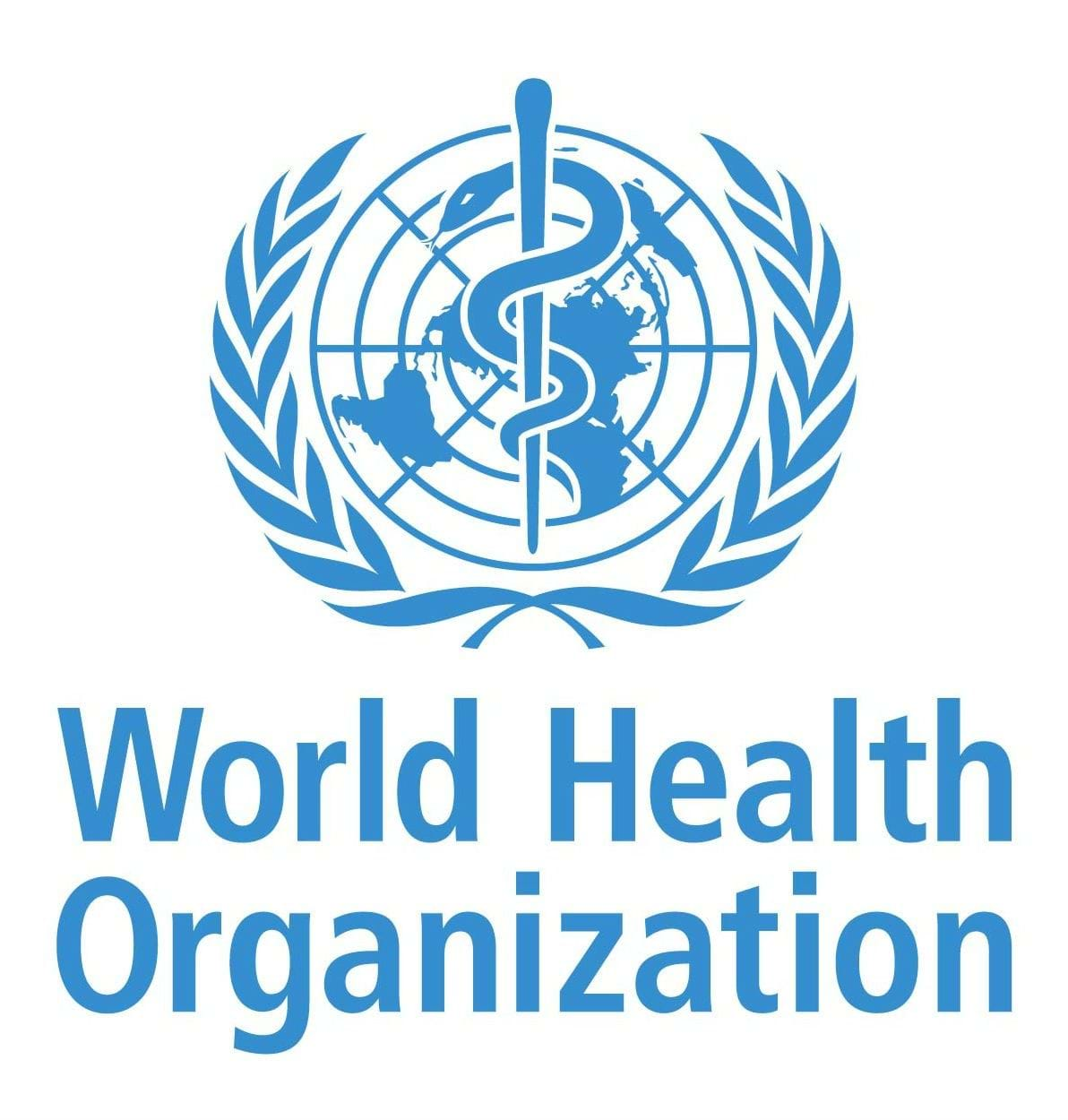WHO Paediatric emergency triage: care of critically-ill children

Overview
Deaths of children in hospital often occur within the first 24 h of admission. Many of these deaths could be prevented if very sick children were identified and appropriate treatment started immediately upon their arrival at the health facility. This can be facilitated by rapid triage for all children presenting to hospital in order to determine whether any emergency or priority signs are present and providing appropriate emergency treatment. WHO therefore published guidelines and training materials for paediatric emergency triage, assessment and treatment (ETAT) in 2005 (WHO, 2005a). The guidelines and materials were destined mainly for low-resource settings and were adapted from the guidelines for Advanced Paediatric Life Support that are used in high-income countries (European Resuscitation Council, 2005). An abbreviated version was included in the first edition of the Pocket book of hospital care for children (WHO, 2005b). WHO paediatric ETAT guidelines aim to identify children presenting with airway obstruction and other breathing problems, circulatory impairment or shock, severely altered CNS function (coma or convulsive seizures) or severe dehydration, because it is these children who require urgent appropriate care to prevent death.
Produced by: WHO

.png?sfvrsn=6d0e27cd_1)



